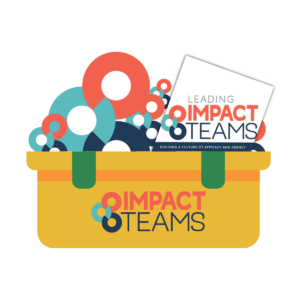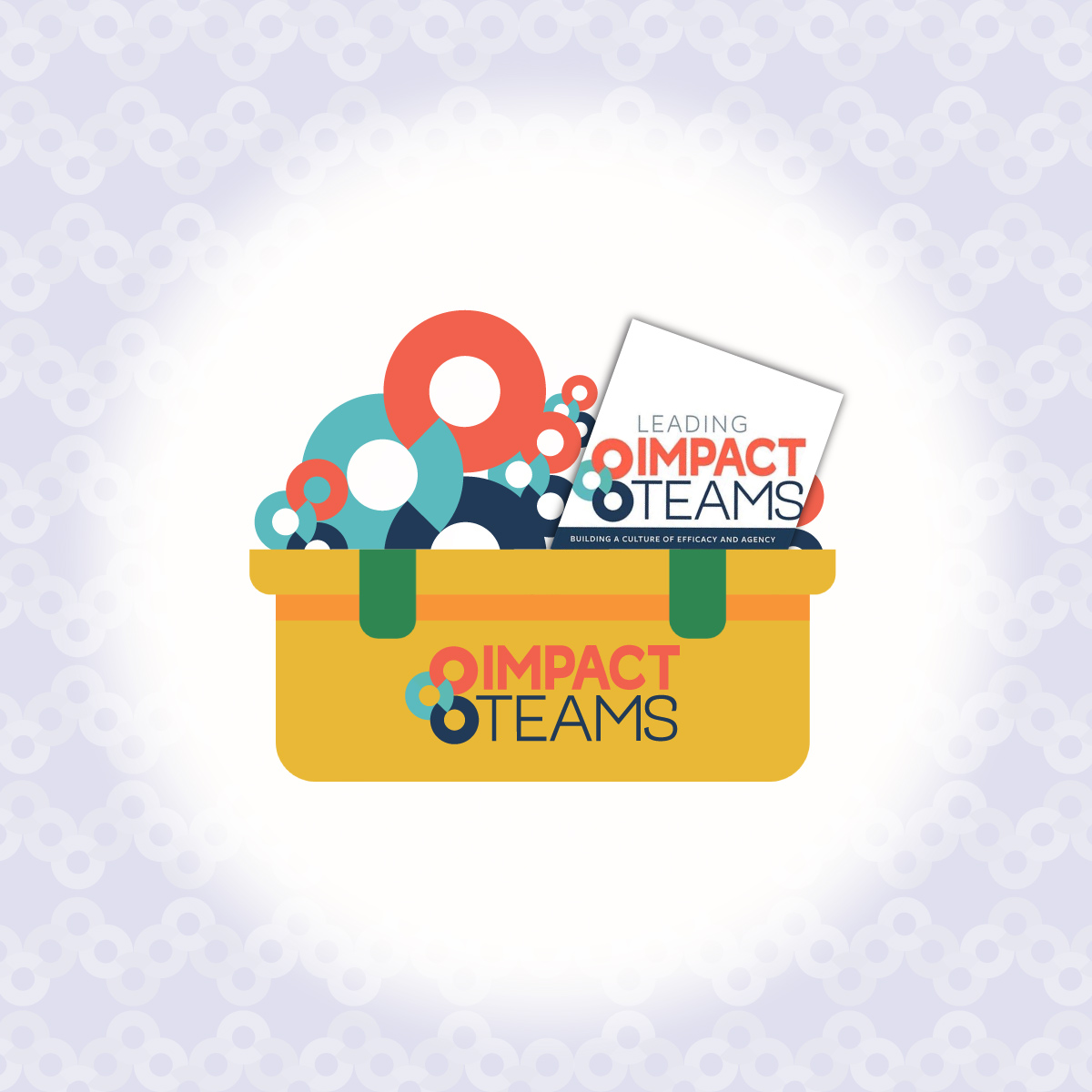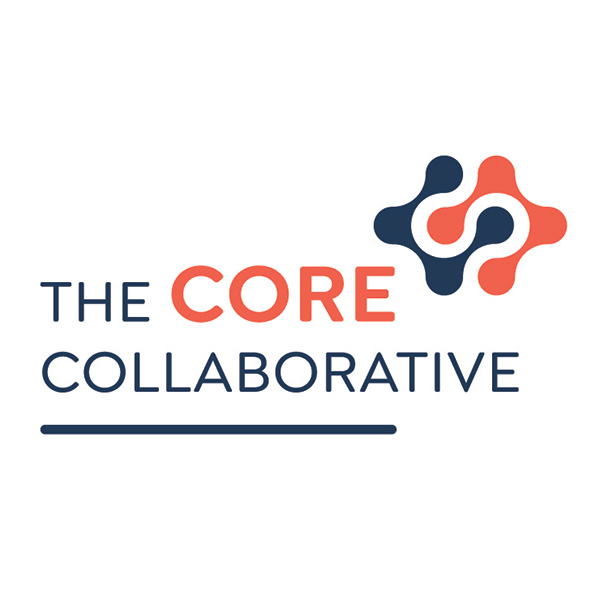Whether you are a novice teacher or an experienced educator, this resource will help you navigate the complexities of teaching at varying levels of rigor to ensure that all students have access to high-quality, relevant learning experiences!
Enjoy this Impact Team Strategy Toolkit, a comprehensive tool designed to elevate teacher engagement and instructional effectiveness through targeted strategies across all three levels of rigor: surface, deep, and transfer. Fostering meaningful learning experiences requires a nuanced understanding of how students engage with content at varying levels of complexity. This toolkit aims to equip educators with practical, research-based strategies to support student learning and achievement at each stage of the rigor continuum.

How to Use This Toolkit
- Identify the Level of Rigor: Determine the current level of rigor for your student’s learning objectives. Then select strategies that align with their needs.
- Collaborate with Your PLC: Work with your PLC to discuss the selected strategies, share insights, and adapt them to your specific classroom context.
- Implement and Reflect: Put the strategies into practice, monitor student engagement and progress, and reflect on their effectiveness. Use the Impact Team Check-In protocol to guide your analysis and reflection of impact and plan for adjustments.
- Scale and Share: As you refine your approach, share successful strategies and outcomes with your PLC and the broader educational community to contribute to collective improvement.
Integrating these strategies into your instructional practice will create a more engaging and rigorous learning environment. One that supports all students in achieving their full potential. Let’s embark on this journey together and make a lasting impact on student learning and success.
* ES = Visible Learning Effect Size
Understanding the Levels of Rigor
Surface Level
At the surface level, students are introduced to new concepts and skills. The focus here is on building foundational knowledge and understanding. Strategies at this level are designed to help students grasp basic information, terminology, and procedures. Effective surface-level strategies include direct instruction, guided practice, and formative assessments that provide immediate feedback.

Surface Tools
Summarization: .79 ES
Note Taking: .50 ES
Direct Instruction (teacher-directed): .60 ES
Jigsaw Method: 1.20 ES
Activating Schema: .93 ES
Deliberate Practice .55 ES
Deep Level
As students move to the deep level of rigor, they begin to make connections between concepts and apply their knowledge in more complex ways. This stage emphasizes critical thinking, analysis, and the integration of ideas. Strategies for deep learning encourage students to engage in discussions, explore multiple perspectives, and solve problems that require deeper cognitive processing.

Deep Tools
Transforming Notes: .85 ES
Classroom Discussion (teacher-directed): .82 ES
Reciprocal Teaching: .74 ES
Concept Mapping: .64 ES
Self Questioning: .55 ES
Meta-Cognitive Strategies: .60 ES
Transfer Level
The transfer level represents the highest stage of rigor, where students apply their learning to new and unfamiliar situations. At this level, students demonstrate their ability to transfer skills and knowledge across contexts, showing true mastery and understanding. Strategies that promote transfer learning include project-based learning and interdisciplinary tasks. And provide real-world applications that challenge students to synthesize and apply their learning in novel ways.

Transfer Tools
Peer Tutoring: .59 ES
Formal Discussions (teacher-directed): .82 ES
Transfer Strategies: .86 ES
Problem Solving: .68 ES
The Role of Impact Teams-PLCs in Ensuring Rigor
Impact Teams-PLCs play a crucial role in fostering a collaborative environment where educators can share best practices, analyze student data, and develop instructional strategies that address the diverse needs of their students. By leveraging the collective expertise of PLCs, teachers can create a supportive network that enhances their professional growth and improves student outcomes.
This toolkit is designed to be used within the context of PLCs. It provides a structured approach to implementing engagement strategies across all levels of rigor. Whether you are a novice teacher or an experienced educator, this resource will help you navigate the complexities of teaching at varying levels of rigor to ensure that all students have access to high-quality, relevant learning experiences!
Join Impact Teams – our learner-centered PLC community — where we put students in the driver’s seat!
Yes Please


